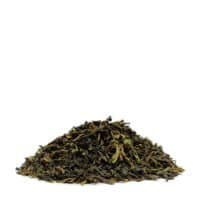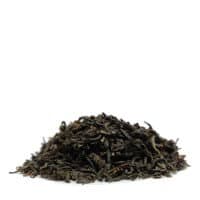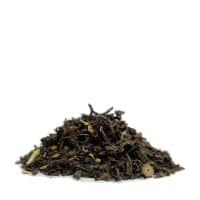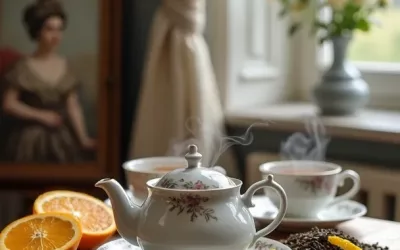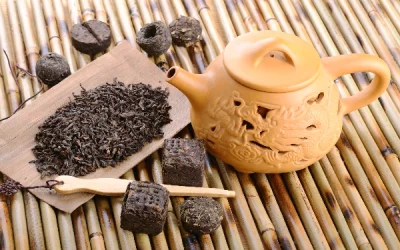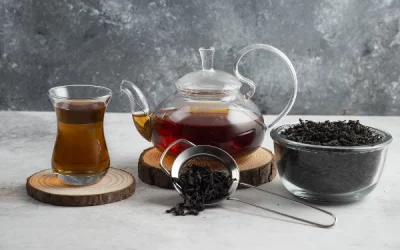Lady Grey tea offers a delightful blend of black tea with citrus and floral notes, perfect for those seeking a refreshing twist on traditional Earl Grey. Ideal for casual enjoyment or special occasions, it’s a must-try for tea lovers.
Organic Black Tea
FREE SHIPPING
For purchases over 599 kr.
Delivery
2 - 5 business days
Organic teas
Eco-friendly packaging
Missing your favorite?<br /> (Tip us)
Describe your tip
What is black tea?
Black tea is made from the leaves of Camellia Sinensis, just like all other teas, such as white, green and oolong teas.
Black tea is a type of tea that is more fermented than other teas.
The full fermentation occurs when the tea leaves are left to oxidize longer in the manufacturing process.
This type of tea can be made from both varieties of tea bushes, which are often mixed together.
You can therefore find both Camellia senensis var. senensis, which has small leaves, and Camellia senensis var.
Assamica, which has larger leaves, in black teas.
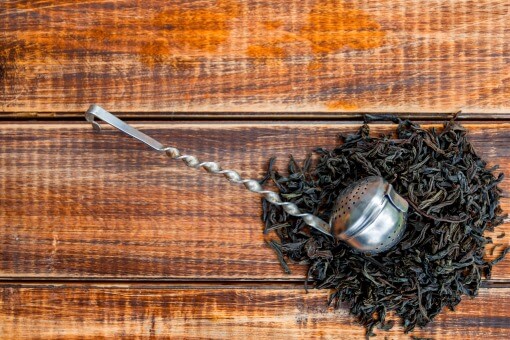

Where does black tea come from?
Black tea comes from the tea plant, also called the tea bush, Camelia Sinensis.
This plant is generally considered to have originated in China.
As tea culture spread and tea became a popular export traded across oceans, the manufacturing process had to change.
It is believed to be for this reason that black tea was ‘invented’.
It was discovered that by prolonging the oxidation of the tea leaves, the tea would retain its freshness and flavor for longer.
This meant they could improve the quality and expand the sale of tea to a wider population.
Some argue that it was the growing trend of adding sugar to tea that increased the demand for strong black tea.
A universe of tea
Everything you need to know about Lapsang Souchong tea
Lapsang Souchong tea offers a distinctive smoky flavour, derived from pinewood drying methods. Esteemed for its rich aroma and bold character, it’s a must-try for black tea aficionados seeking something truly unique.
Everything you need to know about Earl Grey Tea: history, production, and variations
Earl Grey tea, known for its distinct bergamot flavour, has a rich history rooted in British tradition. Its production varies, offering numerous blends that cater to diverse palates and preferences.

How is black tea made?
Black tea is made, or manufactured if you will, by going through a longer manufacturing process than other teas.
What makes black tea different from other teas is that during this process, the tea leaves are allowed to fully oxidize before being heat-treated and dried a second time.
During oxidation, oxygen interacts with the cell walls of the tea plant, causing the leaves to change color from dark brown to black.
How to brew a good cup of black tea?
When making (or brewing) a great black tea, remember that not all black teas taste the same.
Just like wine, there are many variables that give each black tea its own unique flavor profile, including;
- where it was grown,
- if it grew near other crops (e.g. rose bushes or coffee plants),
- what kind of climate it grew in,
- if it was fertilized naturally (organic) or with chemicals (non-organic),
- how long the leaves were allowed to oxidize,
- when they are treated,
- What kind of heat treatment the leaves have received to stop oxidation,
- and whether the leaves were left whole (orthodox – typically loose leaf tea) or cut into smaller pieces (CTC – typically tea leaves) for packaging.
In general, black tea is stronger, richer and richer in its flavor profile than green tea.
A brewed black tea can range in color from yellow to red to dark brown.
Black tea typically has more astringency and bitterness than green tea, but if brewed correctly, it can be smooth and flavorful.
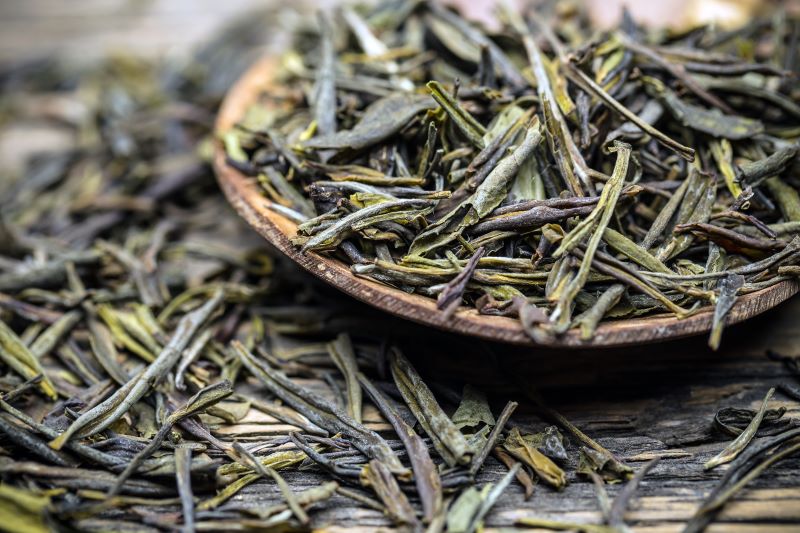
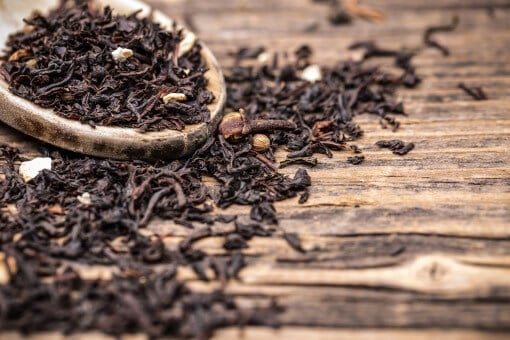
Caffeine in black tea?
There is caffeine in black tea.
One cup typically contains an average of 27 mg.
of caffeine, but there can be a big difference from cup to cup. Studies indicate that large variations can occur from 8 mg.
per cup of tea to 91 mg.
per cup of tea.
Whereas caffeine content in coffee is typically between 29 mg.
to 176 mg.
per cup.
Therefore, the content can be more than double when comparing the two drinks.
The caffeine content of tea can therefore vary depending on the quality, type of black tea and brewing time.
However, the caffeine content is still enough for you to experience a refreshing effect on the brain when drinking tea.
Because the caffeine content is so low in tea, it also means it’s harder to get too much.
Therefore, only with very large amounts of tea will you experience side effects such as
inner turmoil and other side effects.

